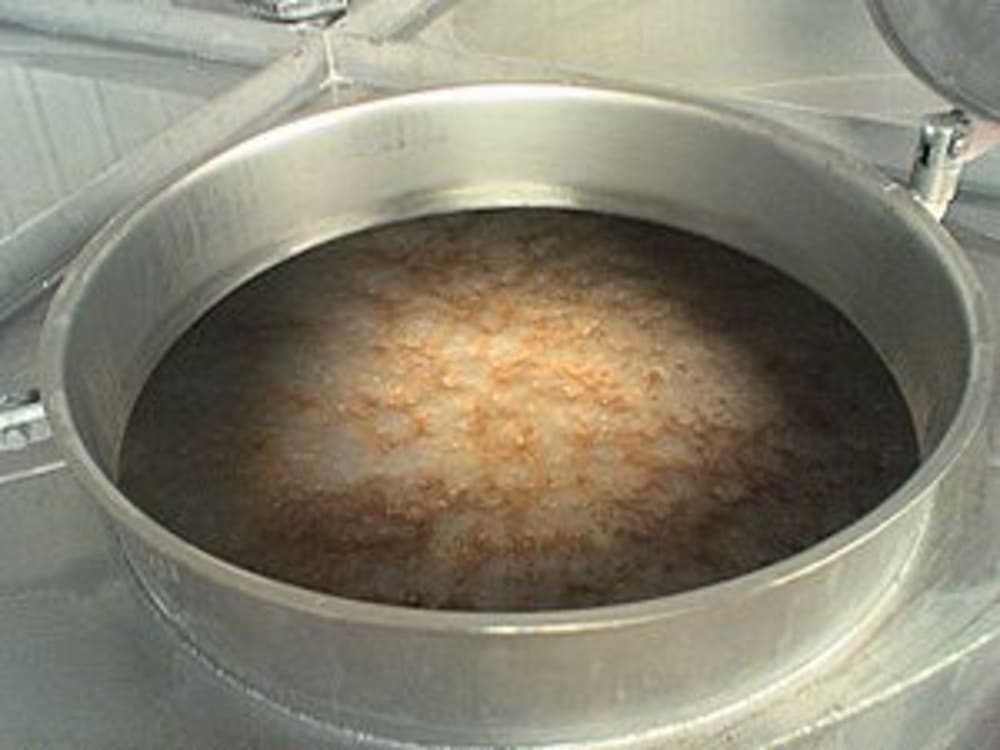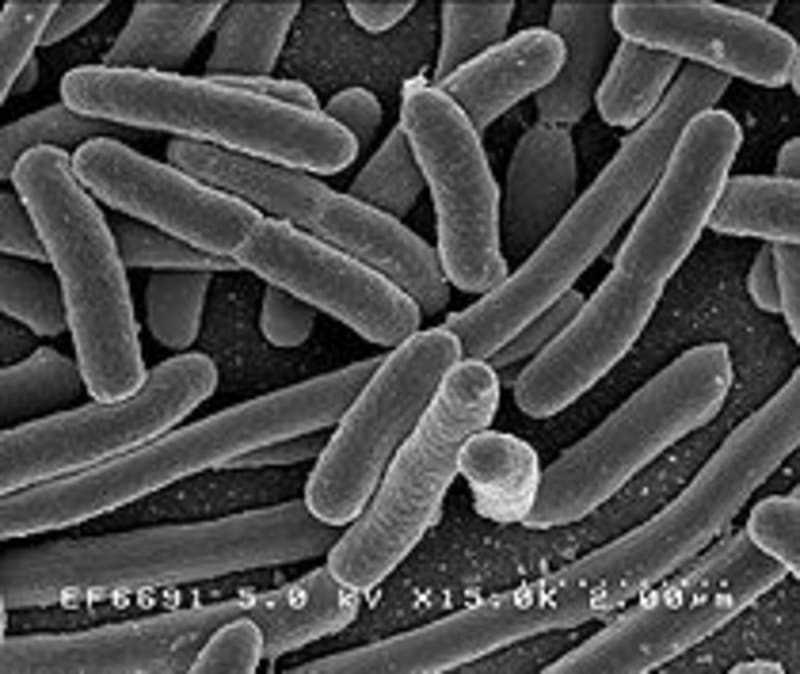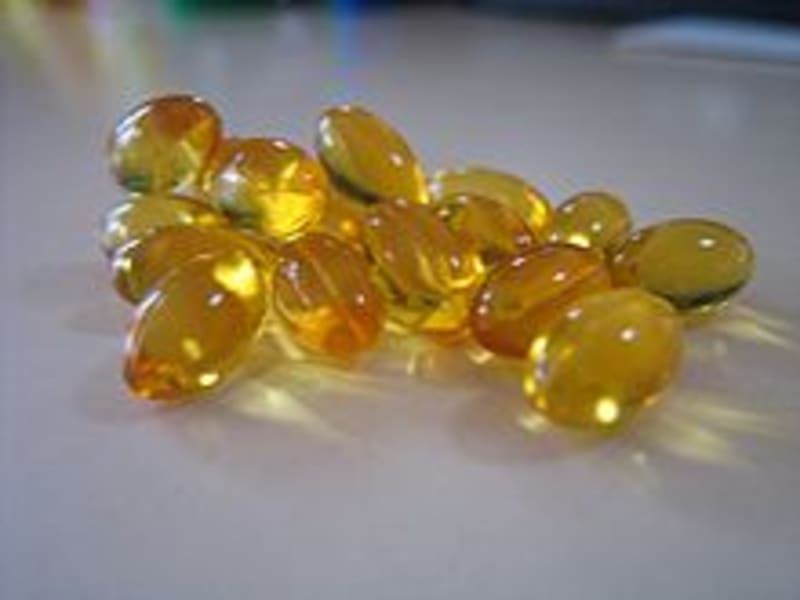Infectious agents, like bacteria and viruses, tend to be both really nasty and really inventive. No sooner do we invest millions in research to find successful vaccine, than we learn that the bug we are trying to kill has successfully developed a new defense against our work. Given this never ending war, is there any way to win the war against these agents and end the terrible cost in human life and misery they exact?
Innovation
The ability of infectious agents to use mutation to generate a successful defense has thwarted our attempts to rid the world of them entirely. However, this ability can also be used against them. Imagine a two-part vaccine, given at two separate occasions, neither of which would harm the existing natural world. Vaccine 1 would be a tailor-made attack agent designed to make the infectious agent just a little bit sick. Sick enough that is so that it develops a defense with known key flaws we can exploit. When we are pretty sure the infectious agent is well again, so to speak, we administer Vaccine 2, which exploits this weakness, killing the infectious agent. Since infectious agents often adapt by incorporating random genes, it might even be possible to create a marking system that makes the infectious agents easier to identify and track. For example, glowing is not a trait that would affect a bacteria’s survival, but would make searching for the infectious agent much easier to visualize. The possibilities are endless. For example, a hospital might release a faulty infectious agent into the wild which is harmless, yet capable of co-existing with its not harmless cousins. The specific markers present in the harmless agent would cross-pollinate with the harmful agents, making both easier to track and identify easily. Manual sanitation efforts would be much more effective as the harmless agent would live in the same environs as the harmful ones.
Manufacturability
Like all pharmaceuticals, these agents would have to go through the FDA approval process. Once approved, the process of growing, maintaining, and distributing bacteria and viruses is well understood and very profitable.
Marketability
The ability to use a cheap and plentiful vector to “infect” the infectious is almost too easy to sell. Locations that need to be sure of safe and clean rooms could use Vaccine 1 alone. The ability to set harmless markers within patient’s bodies without affecting their health would advance the accuracy of targeted therapies, potentially saving many lives. Setting more than one marker type would allow researchers model biological processes with great accuracy, advancing medical knowledge.
Cost-effectiveness
While vaccine production costs are well understood, the developmental cost associated with bring these type of agents to market vary with the expertise of the organization completing the research, and the tenacity of the target infection to avoid characterization. However, once in production, a successful immunization program should eradicate the disease from an affected population if the program is administered properly.
Like this entry?
-
About the Entrant
- Name:Steven Lathrop
- Type of entry:individual
- Patent status:none








